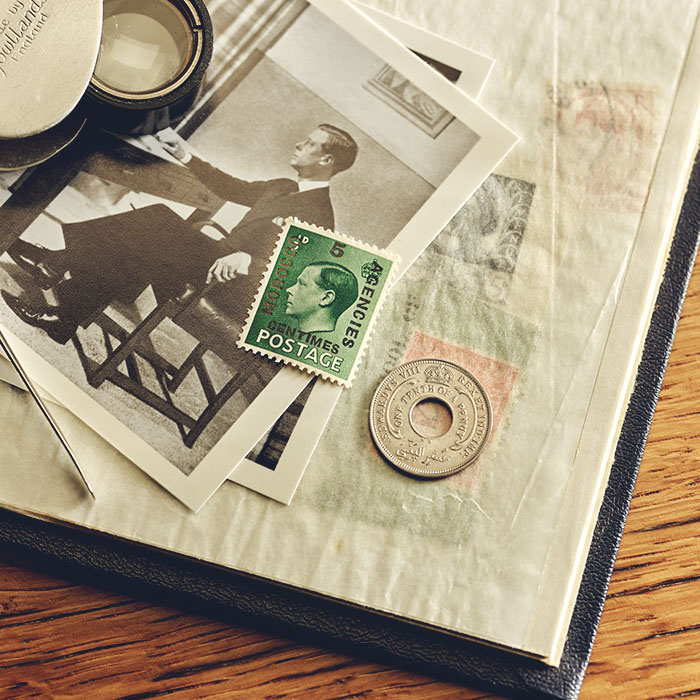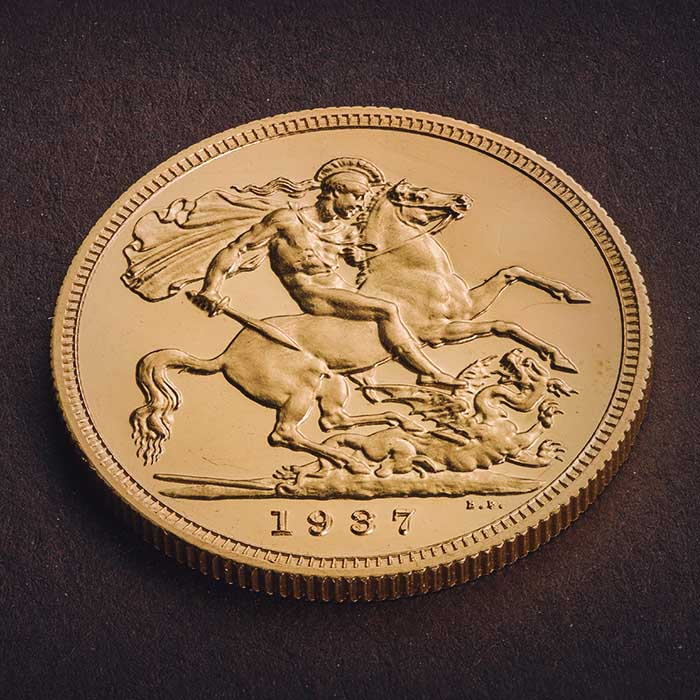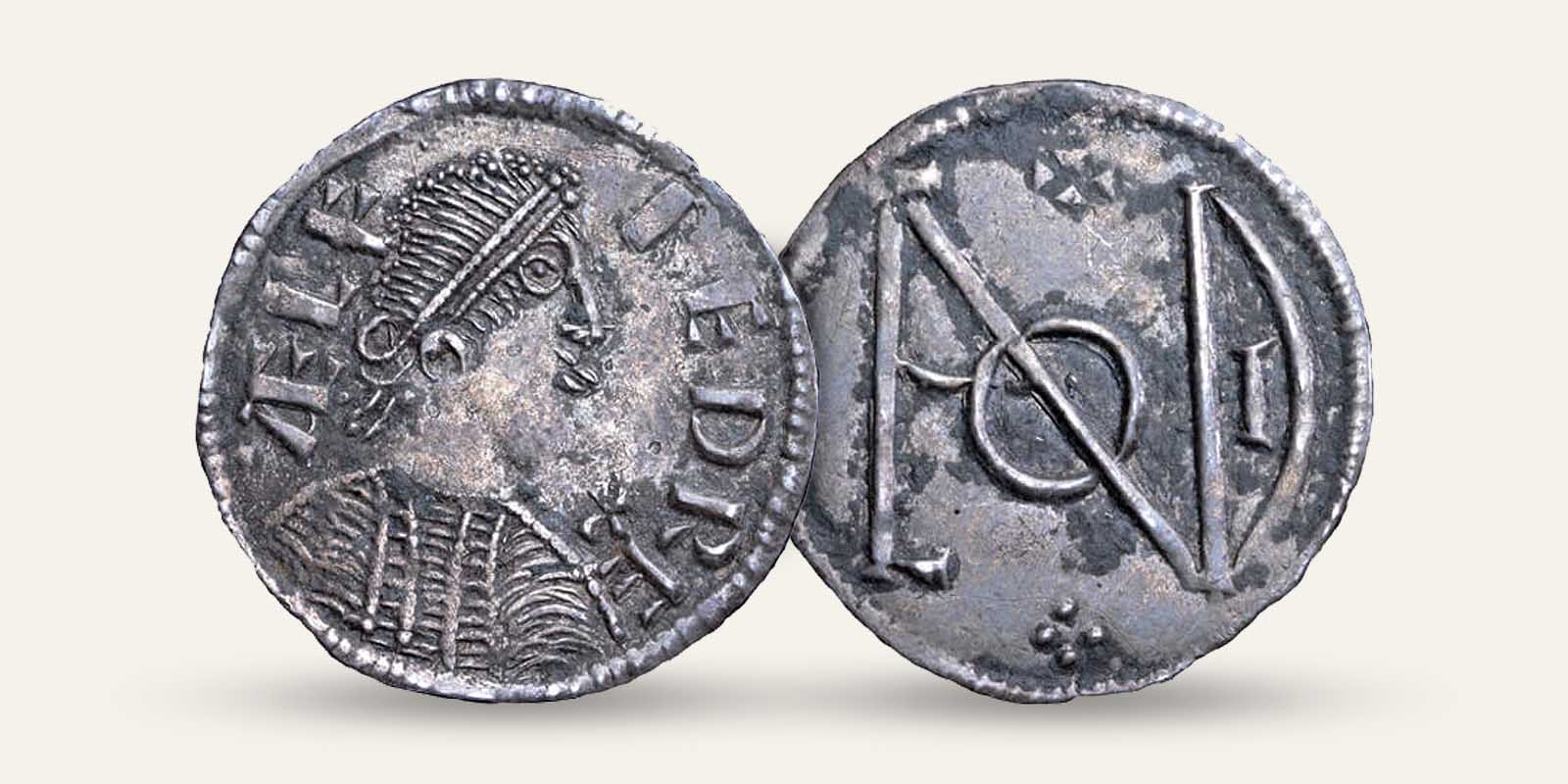
Alfred the Great Monogram Penny
Alfred the Great is recognised as one of the most influential monarchs in British history. At a time when our island was split into rival kingdoms, it was the King of Wessex’s vision of a unified nation that would shape the future of England and the monarchy. King Alfred also played a significant role in The Royal Mint’s history.
It is impossible to put an exact date on the origins of The Royal Mint due to the absence of a written record. But we do have coins, and you can learn a lot from these treasures. The Alfred the Great monogram penny could only have been struck in London following its capture from the Danes in 886. It’s possible that the monogram of LONDONIA was included on the reverse to reinforce the King of Wessex’s authority. The obverse of this early coin features a portrait of Alfred that, although crudely produced, honours the forward-thinking king.
Today the monogram silver penny is celebrated as the symbolic start of The Royal Mint, but the London mint was likely producing coins before AD 886.
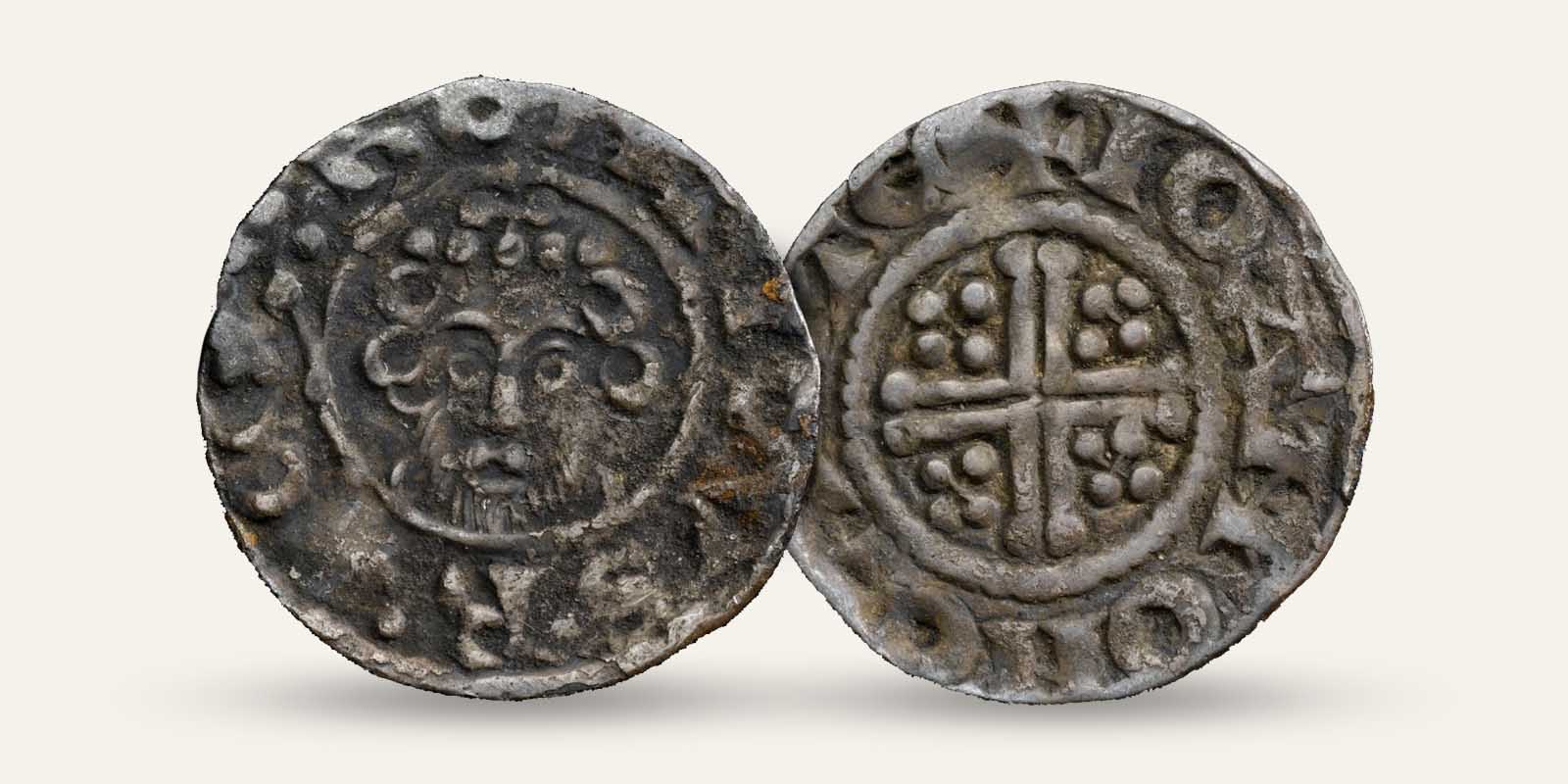
Silver Cross Pennies
For over 300 years, pennies were the only significant currency in Britain. At the time, goods and services were typically bartered as few people were able or willing to use coinage. It is important to remember that currency as we know it today had not yet taken hold. There was not yet demand for a variety of denominations in circulation. Cross pennies were the most used currency in their day.
The cross penny came in a variety of styles as new kings wanted to assert their divine authority over their subjects with a new coin bearing their portrait. The two most predominant coins between AD 1180 and 1489 were the ‘short cross’ penny and ‘long cross’ penny, named after a short or long cross on the reverse. The short cross penny was the first of these coins and was issued by Henry II in 1180. This design was used by four separate kings. It was replaced in 1247 by the long cross penny under Henry III. Henry attempted to introduce a gold cross penny, but this was unsuccessful because it was undervalued against the silver.
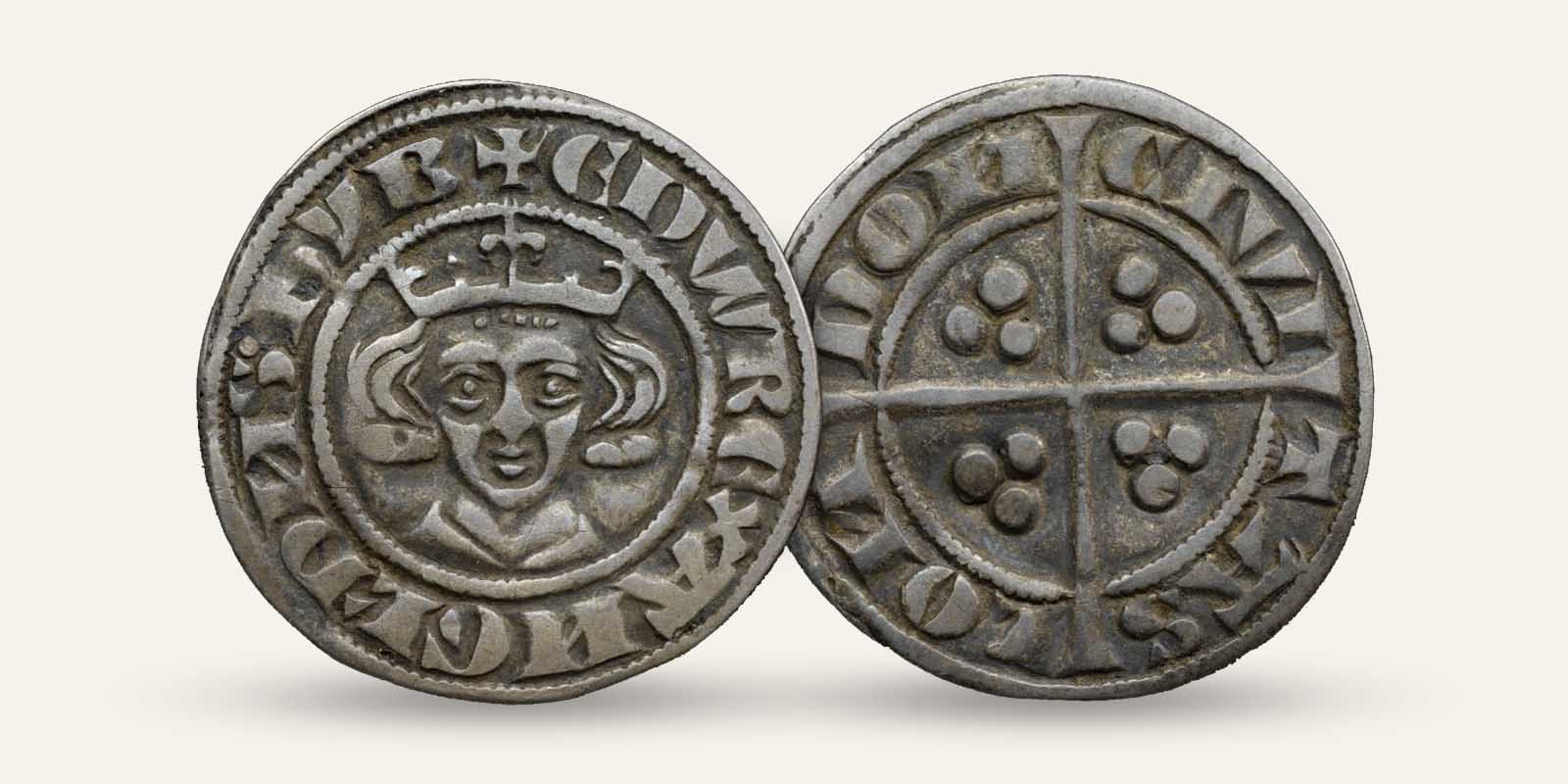
Edwardian Halfpennies
The problem with having a single coin in a currency is that goods and services are priced differently. People need change. During the domination of the cross pennies, there was a simple solution to the problem, which could explain the emergence of the long cross design. The old coins would be cut into halves and quarters to allow for more efficient transactions. It was an ingenious solution that used the coin’s design as a cutting guide. There are many examples of this cut coinage.
The halfpenny introduced by Edward I was not the first. Both Henry I and Henry III had previously entered them into circulation, but their numbers are low enough to be considered trial coins. Edward was the first to successfully introduce the coin as he pursued his coinage reformation that began around 1279. These reforms established the basis of British coins for the next 200 years. The halfpenny itself was an extremely successful denomination and remained in use through decimalisation in 1971, until it was officially phased out in 1984, just short of 900 years after those early examples were produced.
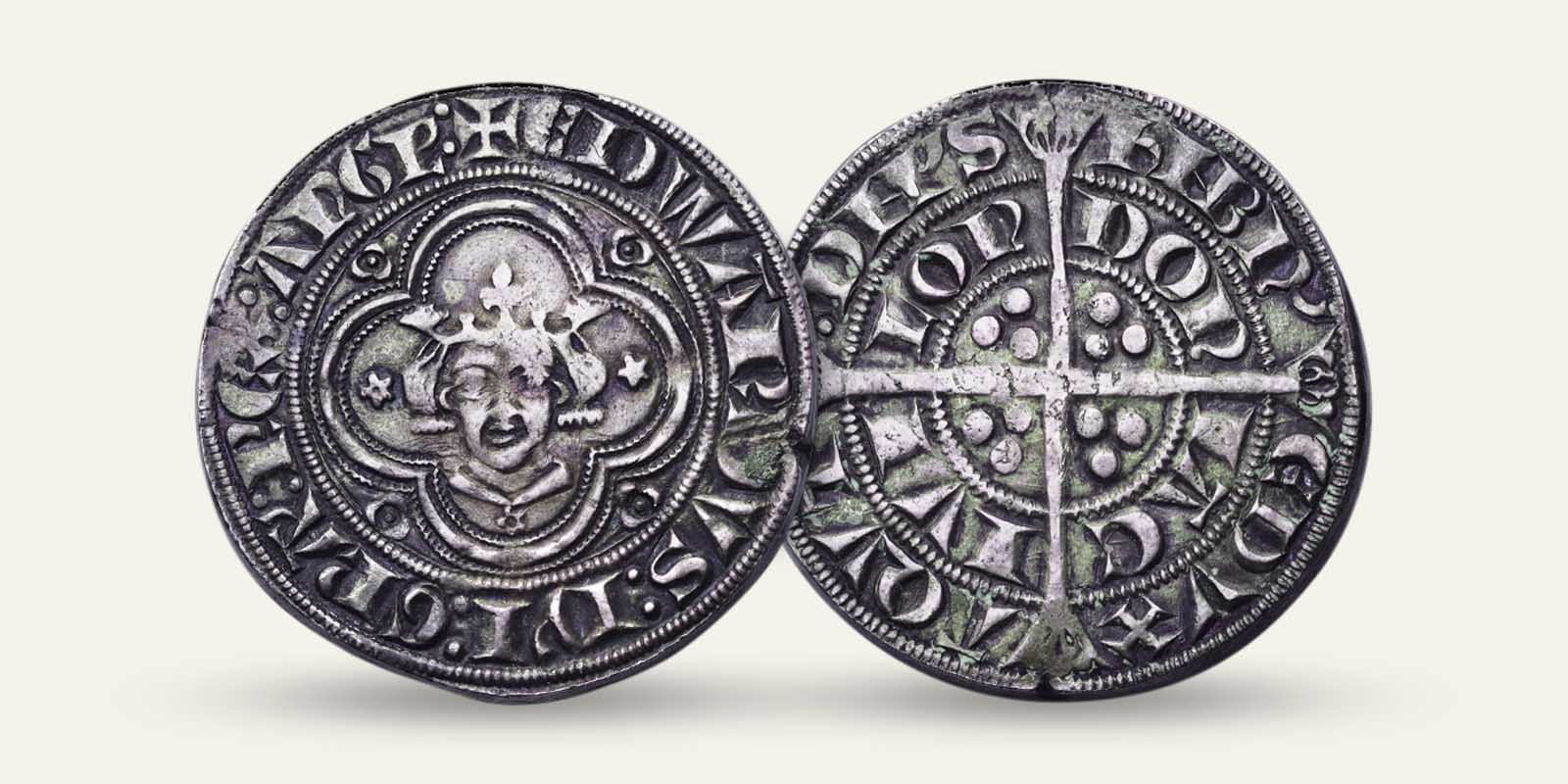
Edward I Groat
The English groat was another denomination produced during the Edward I coin reformation. It was worth four pence and was meant to aid larger purchases in markets and trades. At the time of Edward I, the groat was very much an experimental coin that did not succeed in 1280 because the coin weighed less than the four pennies it was supposed to be equivalent to. The public were also wary of the new coin and there was little demand for a larger coin at the time. It wasn’t until 1351, during the reign of Edward III, that the groat became a more widely used denomination.
The Edward I groat is an extremely fine coin, especially considering it was struck in 1280. It displays in intricate detail a uniformity that stands out among other coins of the time. Edward’s crowned bust faces forward in the centre of a quatrefoil which displays an exceptional use of symmetry for the period. The reverse of this silver coin features the familiar long cross design and bears an inscription identifying the London mint.
Today, the Edward I groat is incredibly rare with only around 100 in existence. The coin was only produced between 1279 and 1281, and most were melted down when the coin was removed from circulation.
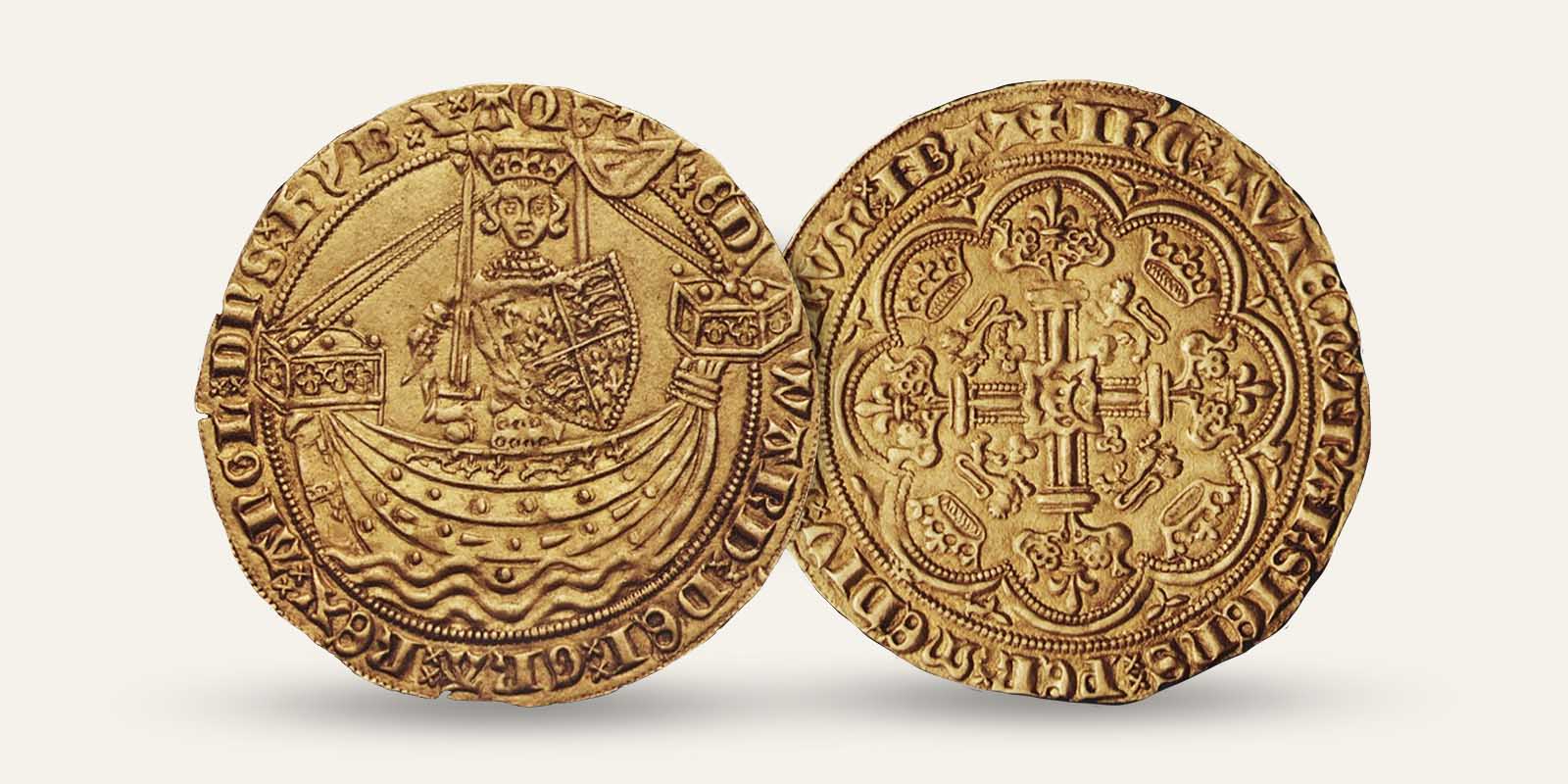
The Gold Noble
The gold noble takes its place in British numismatic history as the first gold coin produced in large numbers. There were gold coins that preceded the noble, but these were unsuccessful. The coin was valued at six shillings and eight pence, and it was primarily used by overseas traders visiting ports around the world.
As a coin intended to reach foreign shores to represent King Edward III and the entire British monarchy, it was designed to make a statement. The ornate depictions were incomparable to previous British coin designs. The obverse features Edward standing aboard a ship, holding a sword and shield in a show of strength. Its reverse bears an elegant quatrefoil filled with intricate depictions of detailed crowns, lions and feathers. This is a coin that was meant to be seen and marvelled at as British merchants travelled around the world.
The successful noble changed weights throughout Edward’s reign, from 138.5 grains (9 grammes) to 120 grains (7.8 grammes) by the king’s fourth coinage. The design also saw small changes throughout the coin’s 120-year lifespan.
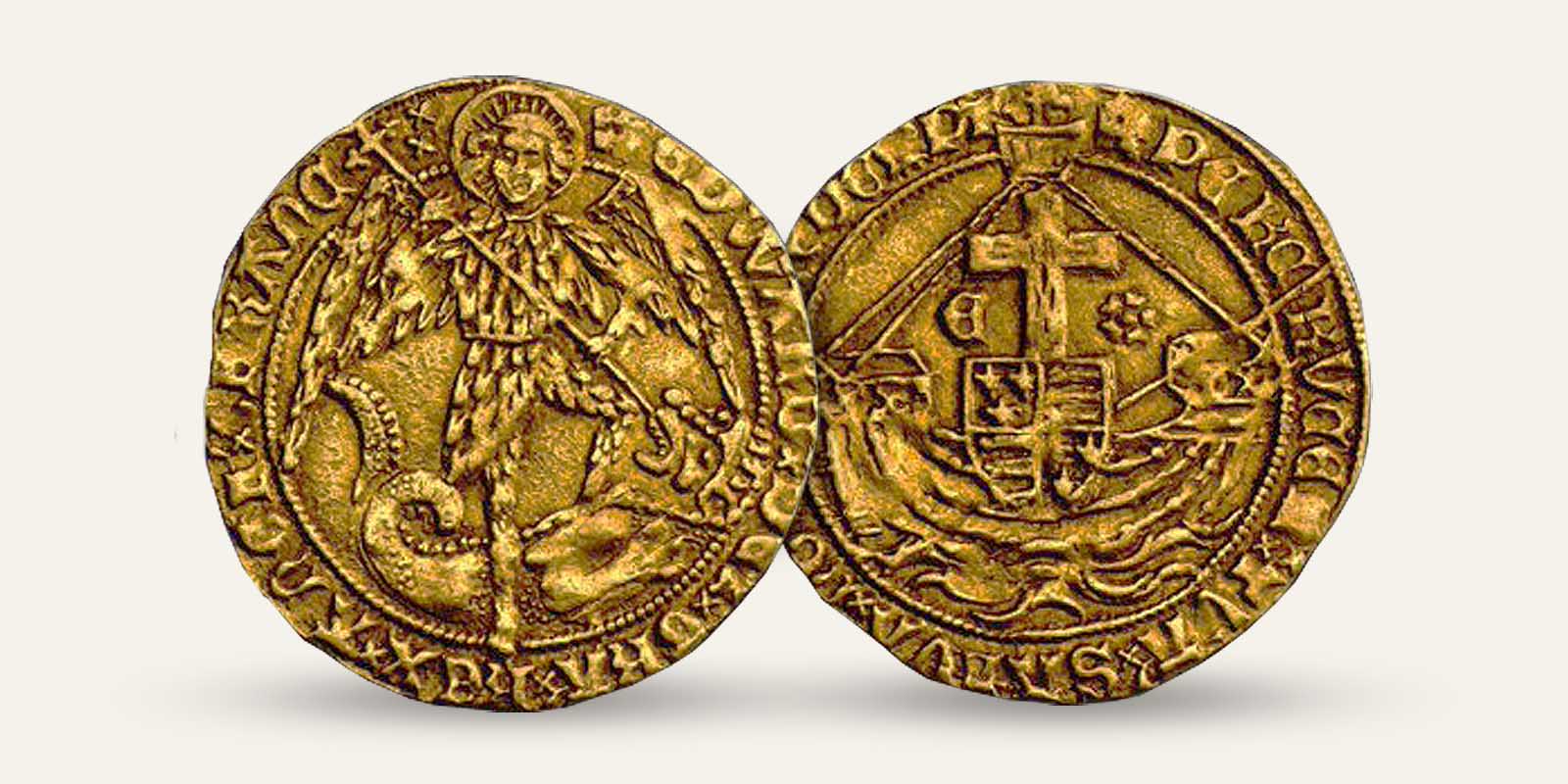
The Angel
The ‘angel’ gold coin was introduced by Edward IV in 1465, and some consider it the first iconic British coin. Its impact on society went further than just currency as a mythology grew around the fine coin.
The coin’s obverse features a representation of the archangel St Michael slaying the devil, while the reverse depicts a ship surmounted by a shield bearing the king’s arms. The coin also has the inscription, PER CRUCEM TUAM SALVA NOS CHRISTE REDEMPTOR (By Thy cross save us, Christ Redeemer).
This religious iconography led to the coin being used in a ceremony known as the Royal Touch. As ‘divine rulers’ it was believed that kings could use their connection with God to heal subjects suffering from scrofula, or the ‘king’s evil’. During these ceremonies, the sick and suffering would be presented with an angel coin to offer them extra protection. Many of the examples that exist today are punched with holes to allow the coins to be worn around the neck as a protective medallion.
The angel was produced for 177 years by four kings before production ceased in 1642 under Charles I.
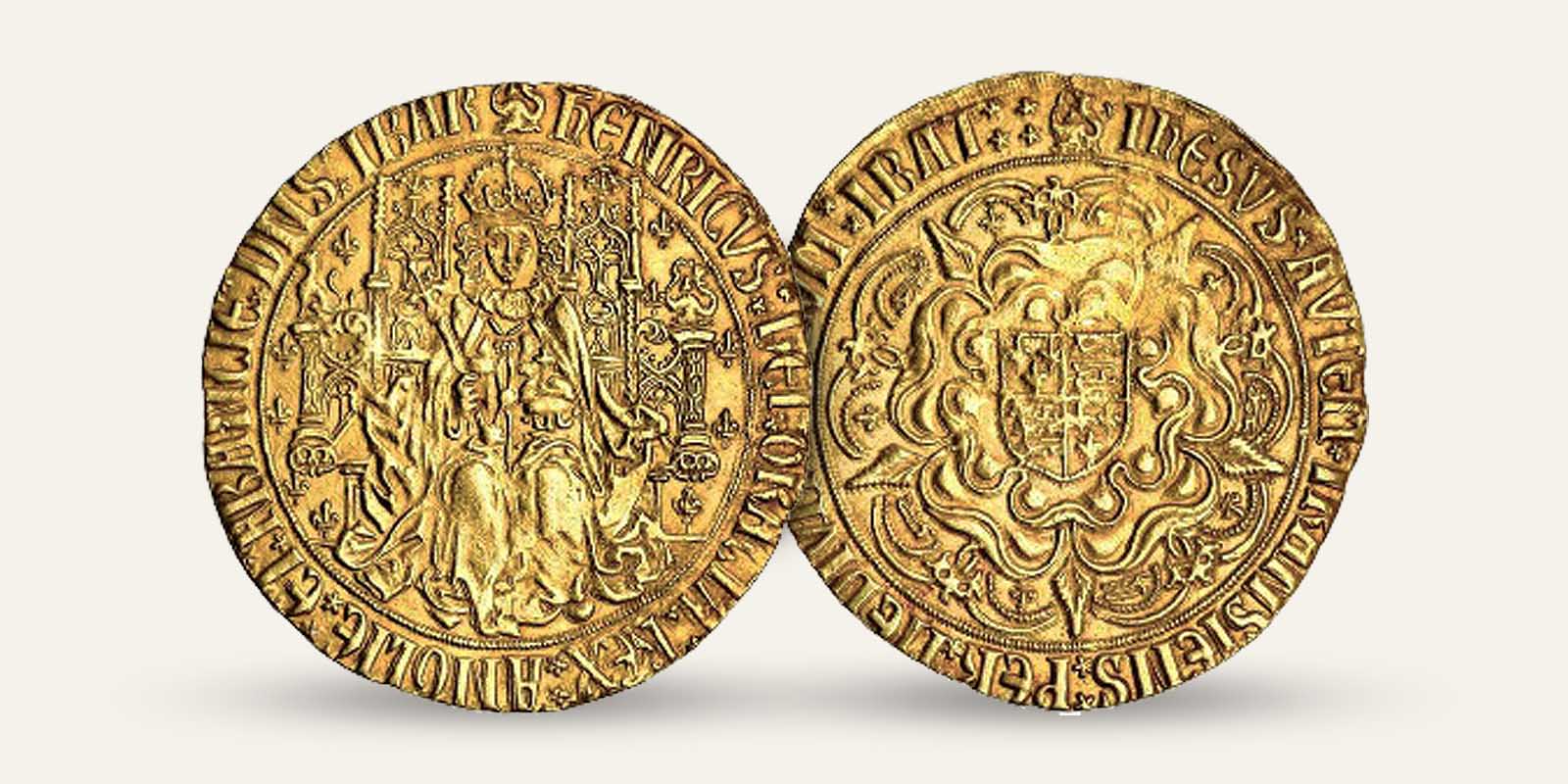
Pound Sterling
The humble pound we carry around today has a history that dates back to AD 775 in Anglo-Saxon Britain. The original coin was equal to 240 pennies – one pound of silver. When Athelstan became the first king of a unified England in AD 927, pound sterling was adopted as the nation’s first official currency.
The pound has taken various forms throughout its history, the most famous being the gold Sovereign. This celebrated coin is the ‘new money of gold’ struck for Henry VII in 1489 and was the largest, most valuable coin England had seen at the time. It was used as a symbol of strength and stability until it was removed from circulation early in the reign of James I. You can learn the full history of The Sovereign on The Royal Mint website.
The pound as we know it today was introduced in note form after Britain adopted the decimal system in 1971 and the pound coin replaced the pound note in 1983. This incredible history makes the pound the oldest currency still in use today and it has played a significant role in shaping the nation.
Legacy of British Coins
This is only a selection of the oldest coins struck by The Royal Mint during our country’s history. There is a wealth of stories waiting to be discovered with each coin carrying its own tales of the past.
Collecting coins brings these stories together to unveil the path our nation has followed to the present day. Which historic coin will begin your collection?
YOU MAY ALSO BE INTERESTED IN
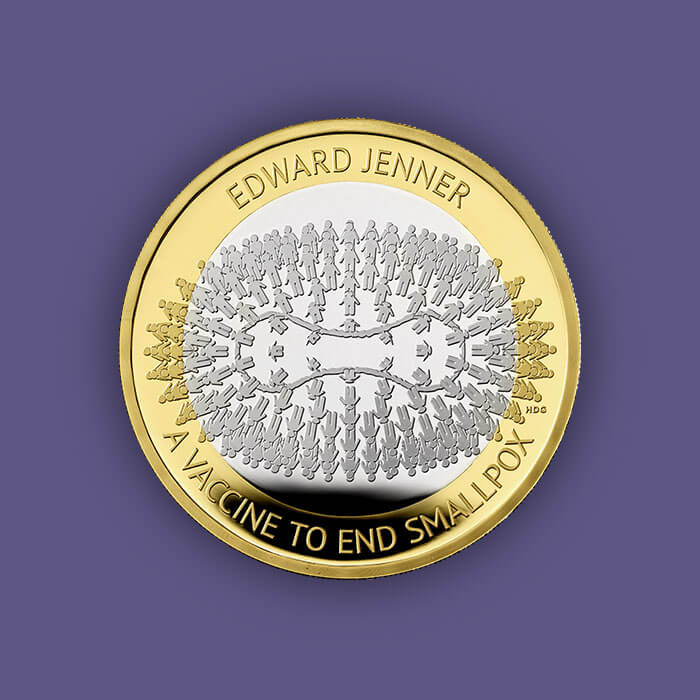
Since The Royal Mint Experience opened its doors in 2016, we have welcomed thousands of visitors from all across the world. The combination of enthralling history, interesting facts and fun activities has made us a destination for tourists of all ages and helped us to build a reputation as one of the most worthwhile places to visit in South Wales.
Book Now
